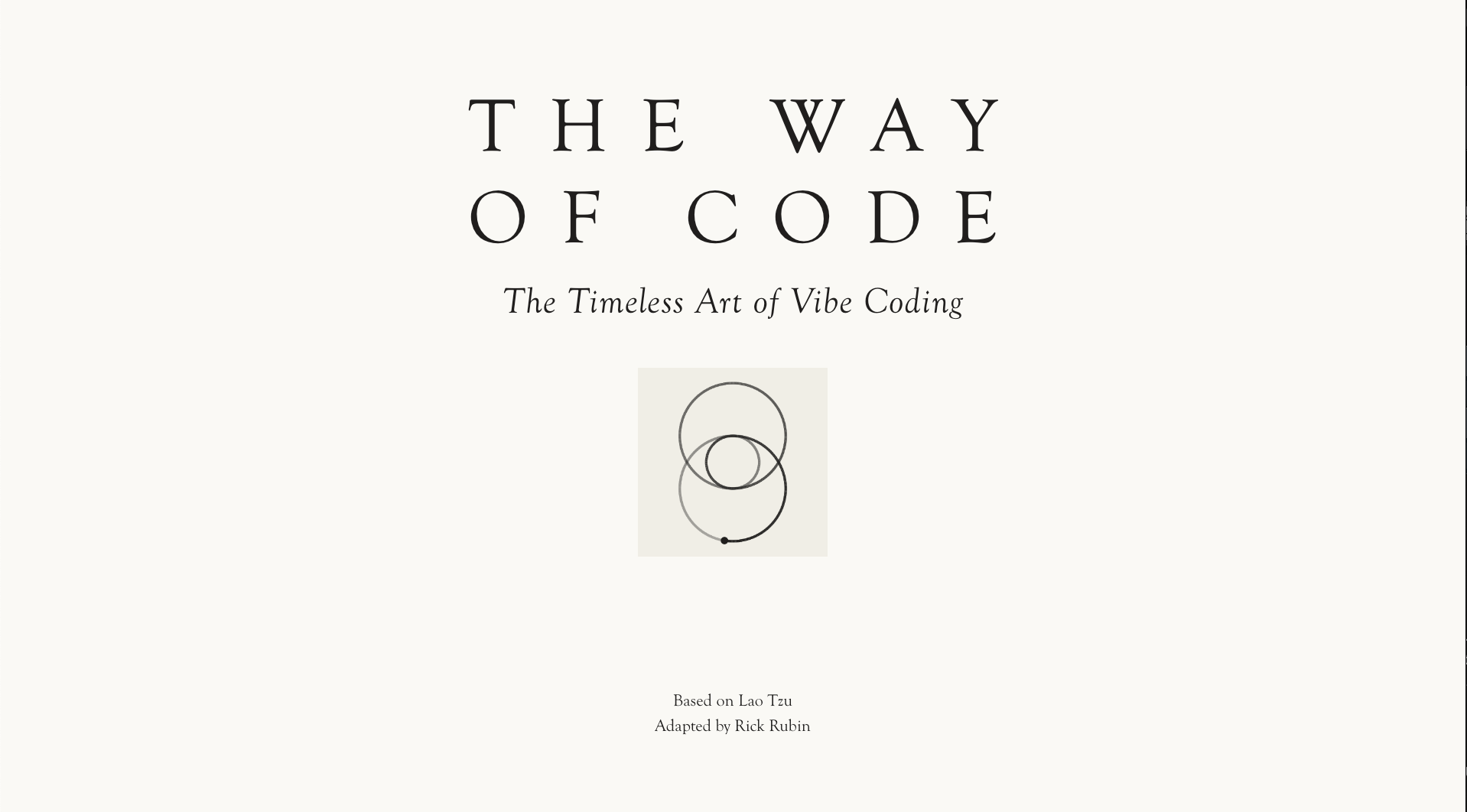In this week’s Our Take, theatre snubs its audience, kids move to design’s rhythm, AI goes (A)pop and Rick Rubin rewrites code like a Tao master.
Don’t Cry for the Front Row

The truth is: she has left you.
Let’s get one thing straight: Rachel Zegler singing Don’t Cry For Me Argentina from a street-facing balcony isn’t a gimmick. It’s surgical storytelling – and a glimpse of where live entertainment is heading.
In Jamie Lloyd’s radical new Evita, Zegler turns her back on the paying audience (some shelling out £250) to perform not for the stalls, but for the street. Cue outrage? Maybe. But also: genius.
This isn’t just a re-staging; it’s a re-framing. Eva Perón’s iconic balcony moments weren’t meant for the elite. They were performances of populist power, directed at the masses below. Lloyd mirrors that dynamic exactly. The discomfort felt by theatregoers forced to watch via screen is the point. You’re not meant to feel catered to. You’re meant to feel excluded. Just like the upper classes did, watching Evita charm the crowds.
And here’s where it gets juicy for trend-watchers: this production taps into a broader cultural shift. Today, the most powerful performances don’t happen in traditional spaces – they spill into the streets, the feeds, the fringes.
This is theatre made for a post-streaming, social-first audience – bold, visible, and unbothered by tradition.
DESIGN THAT MOVES YOU

We loved this moment from the Design Ah! Exhibition Neo in Tokyo. The installation – called “DO IT” – features a video wall of rhythmic visuals: cucumbers getting chop-chop-chopped, buttons being press-press-pressed, balls being bat-bat-batted. The audience, mostly kids, are encouraged to interact with it. They aren’t controlling the display. But it feels like they are.
The result? A joyful, spontaneous dance between people and design. It looks interactive, but it’s really a case of design leading the moment – inviting action through timing, rhythm, and vibe.
The exhibition is aimed at kids and families, and shifts the focus of design from objects to verbs: walking, eating, sitting, doing. It’s design thinking made tangible – not by explaining it, but by letting people feel it.
DO IT? It totally does it for us.
FROM BEATS TO BOTS

New Week, New AI Controversy – and this time, it’s Timbaland. Music legend, Hip-hop revolutionary, and now – pioneer of a bold new genre: Artificial Pop, or “A-Pop”.
How? By launching an AI-first record label, Stage Zero, and “signing” its debut artist: TaTa, a 100% AI-generated creation. Cue the backlash.
Disappointed fans and musicians flooded Timbaland’s socials, accusing him of selling out – or worse, helping replace human artists with machines.
Timbaland insists it’s about inspiring creativity and pushing boundaries, not replacing real musicians. But that’s a tough sell when he’s also a strategic advisor to Suno, the AI music platform behind TaTa, and the target of multiple lawsuits over copyright infringement.
So, is this the future of music – or just a flashy shortcut with serious consequences?
Whatever side you’re on, one thing’s certain: AI isn’t going anywhere. The question now is how far – and how fast – it’s going to change the industry.
Punk rock programming

The term “vibe coding” was coined in early 2025 by computer scientist Andrej Karpathy, a co-founder of OpenAI and former AI director at Tesla. In essence, vibe coding refers to a conversational, intuitive approach to software development enabled by large language models, where you tell it – in plain language – what you want, and the Bot writes the code for you.
Enter legendary music producer and all-round creative guru, Rick Rubin, who sees Vibe Coding as ‘the punk rock’ of programming, opening the medium to artists in a new and exciting way.
He has now published “The Way of Code – the Timeless Art of Vibe Coding”. The project combines LLM-powered code with the philosophy of Lao Tzu, which centres on effortless action, humility, and harmony with the natural flow of things. Instead of striving or controlling (traditional programming) the wise person yields, adapts, and lets things unfold (the vibe coder).
Rubin encourages programmers to be humble and open-minded. Like great artists or creative AI programs, vibe coders discover new ways of thinking by ignoring old habits. They let AI handle boring tasks, freeing themselves to be more creative.
In the end, Rubin’s message is that real innovation comes from quiet confidence and letting go. Coding, like life, works best when you stop forcing it and let things unfold naturally.